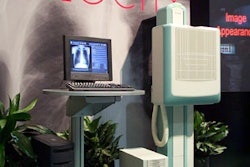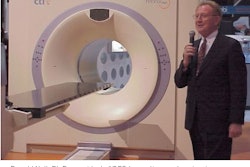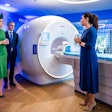Life is slowly returning to normal in the world of radiology after the frenzy of last week’s RSNA meeting. The exhibit booths have come down, the cab lines are gone, and meeting attendees have returned to their homes with fond memories of the delightful McCormick Place cuisine.
If one had to find a theme for this year’s meeting, Return to Normalcy might be a good one. All but gone were concerns over terrorism that clouded last year’s show and led to a double-digit decline in attendance, especially among international visitors. RSNA officials said the show recovered almost all of the attendance drop it suffered a year ago, and attendance was only slightly below 2000 levels. Total attendance was up 11% compared to last year, and was down 2% compared with the 2000 meeting.
Radiology also showed that it is continuing on its path of technological growth and evolution. Major trends were seen in clinical presentations on PET/CT fusion imaging, advanced multislice CT applications, and full-field digital mammography. Computer-aided detection showed signs of expanding outside of its core niche in mammography, while the vigorous debate over CT screening generated headlines.
On the technical exhibit floor, there were few show-stopping announcements. In fact, some industry observers believe that the market could be entering a period of slower technological evolution as vendors digest recent acquisitions and as technologies introduced at past meetings, like PET/CT and digital radiography, slowly permeate the market.
If you’re still trying to catch up with all the RSNA goings-on, our RADCast@RSNA special section is a great place to start. Located at radcast.auntminnie.com, the RADCast features clinical and business news from the conference organized in an easy-to-use daily format. And if you have any comments or suggestions on our coverage, just send them to [email protected] -- we’d love to hear from you.



















